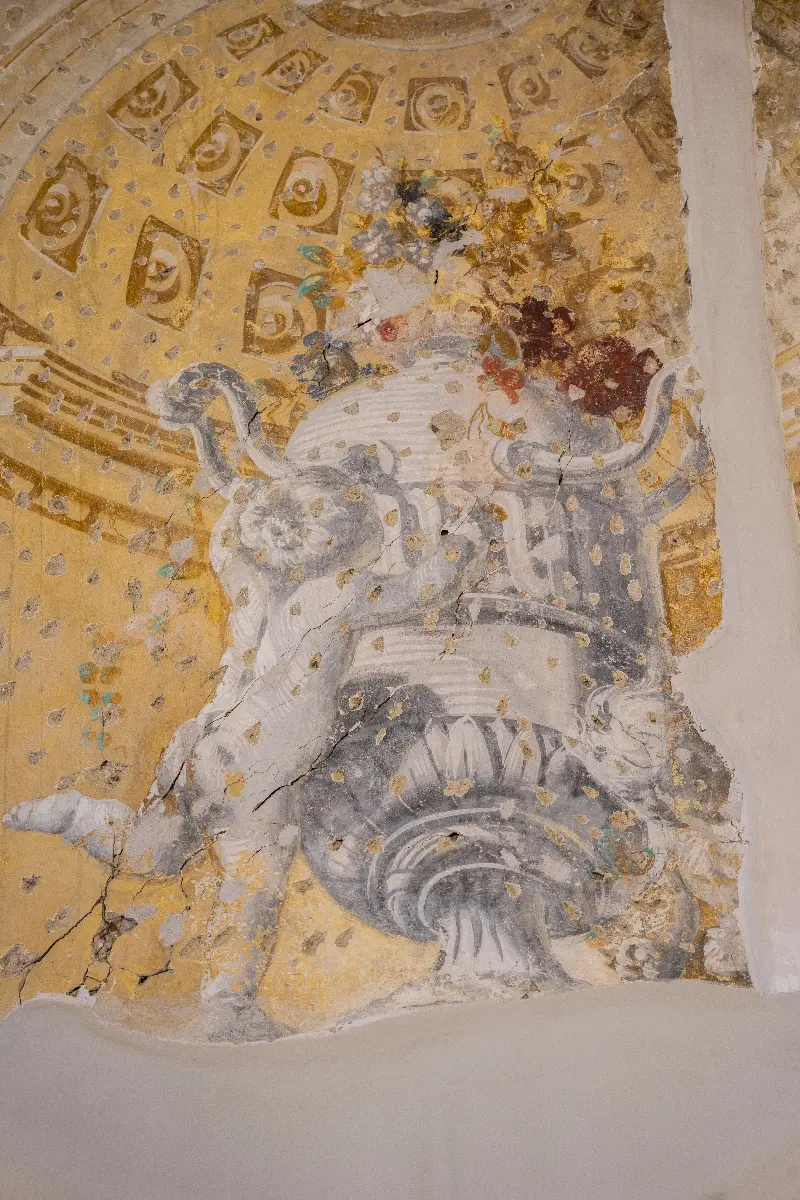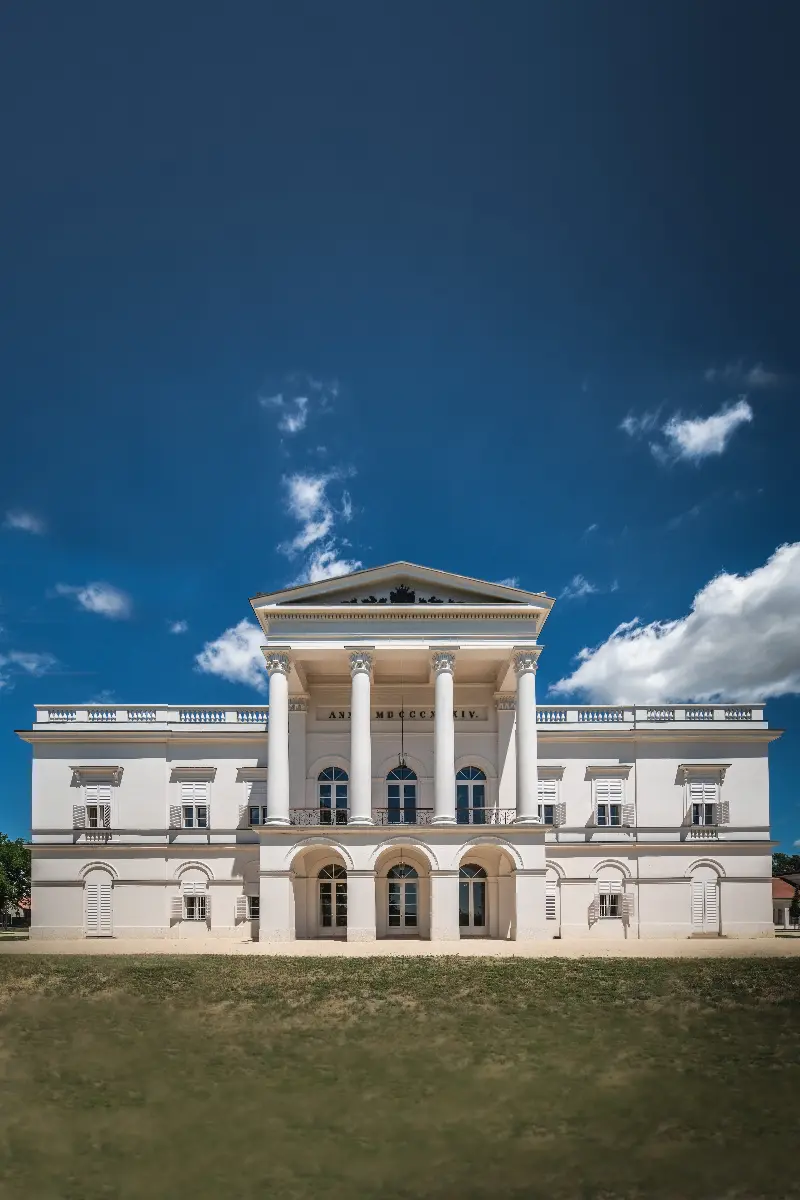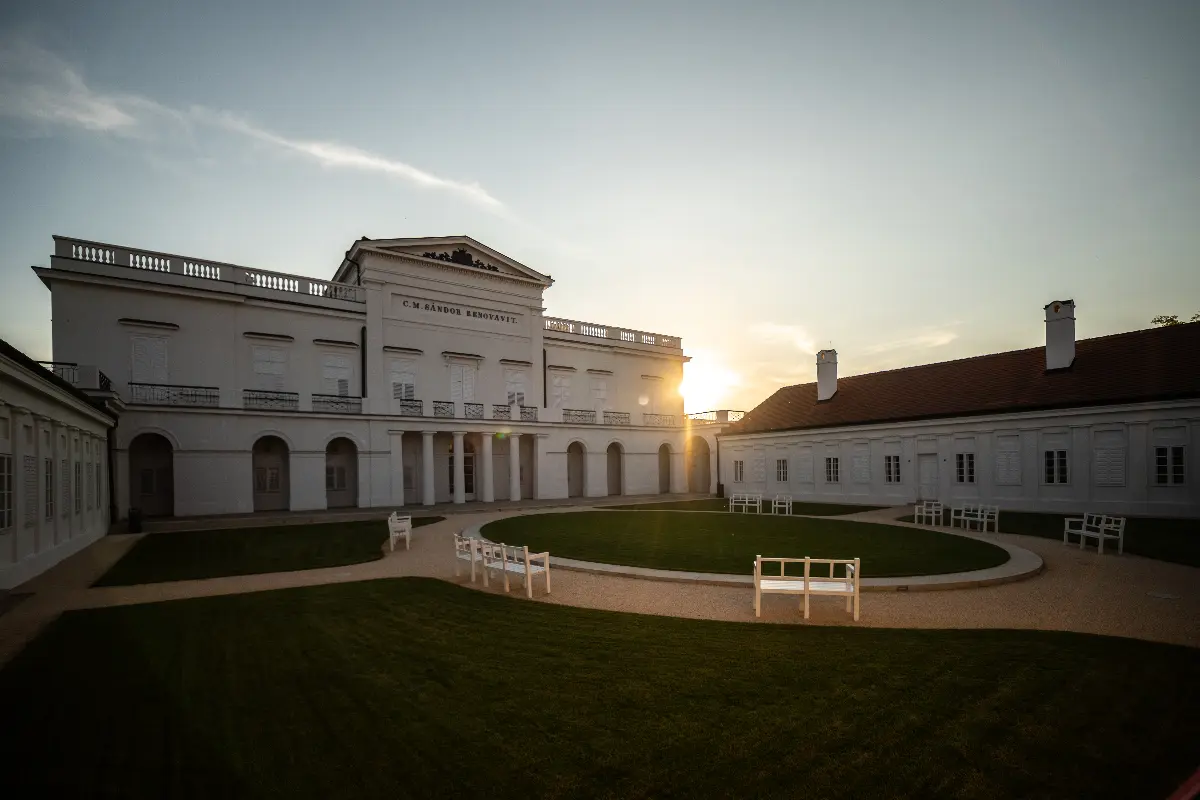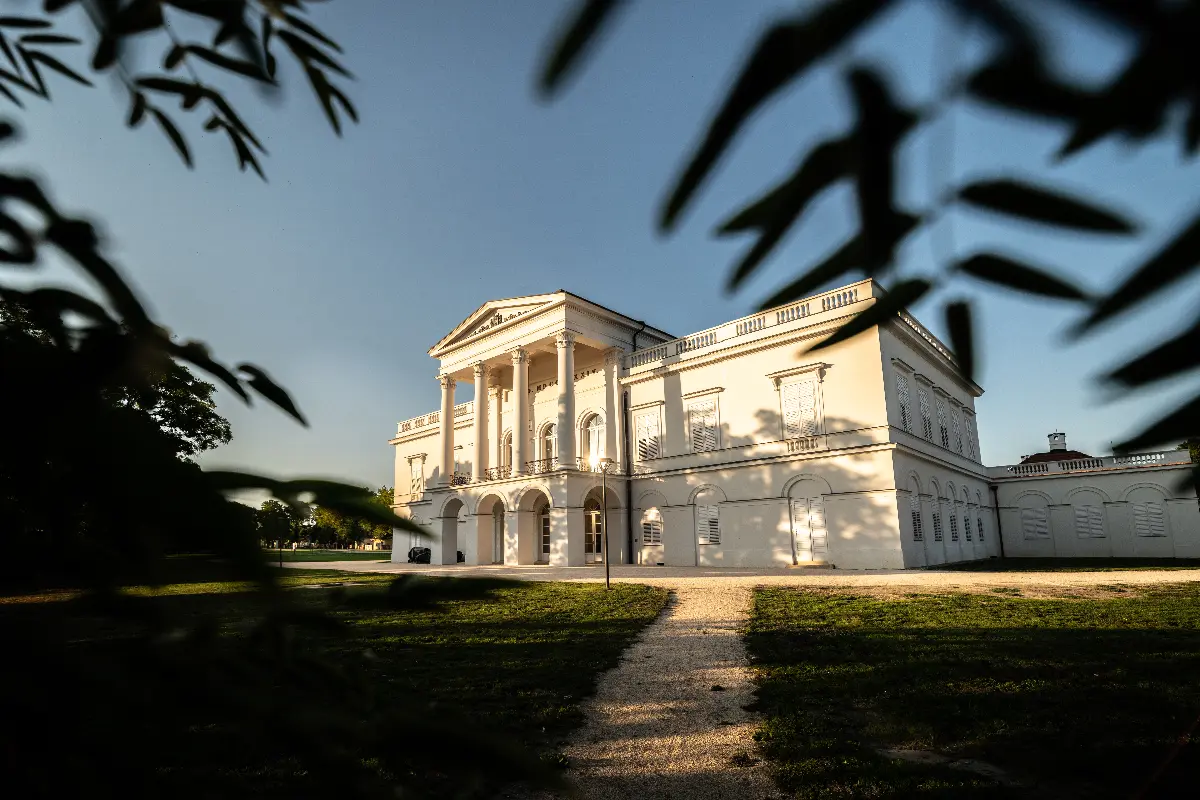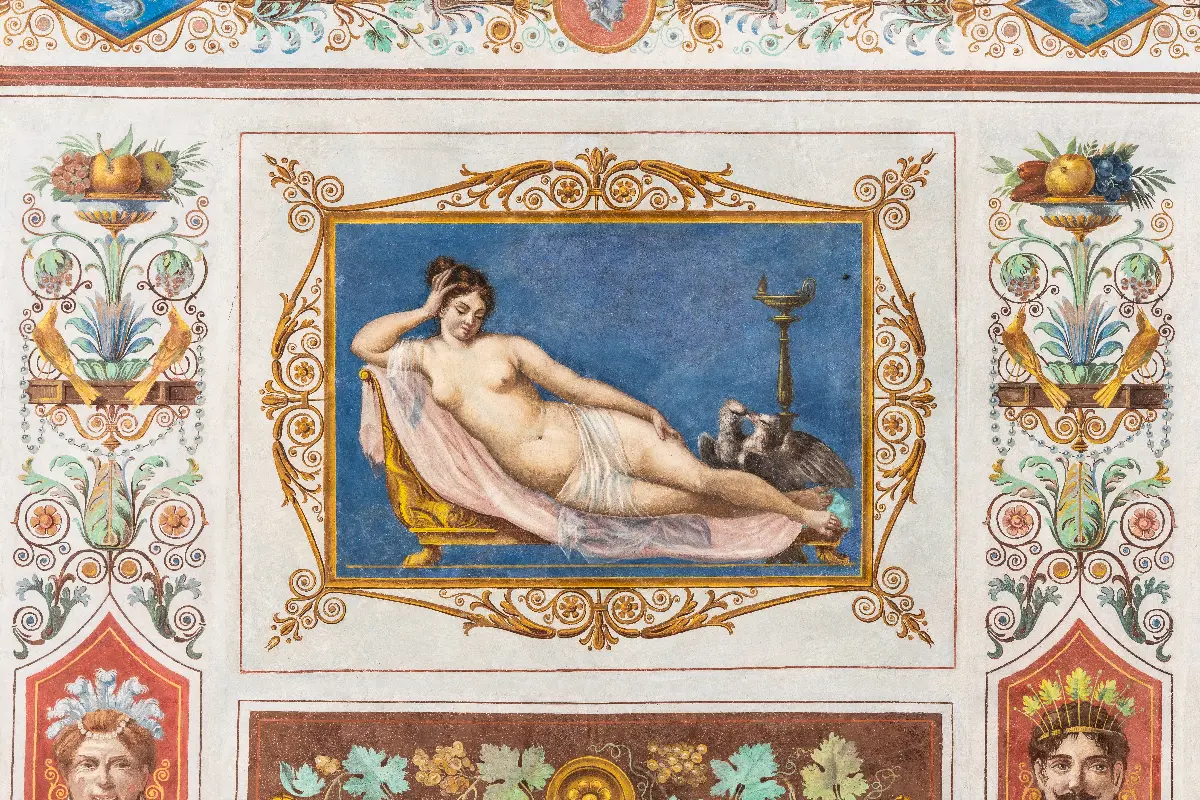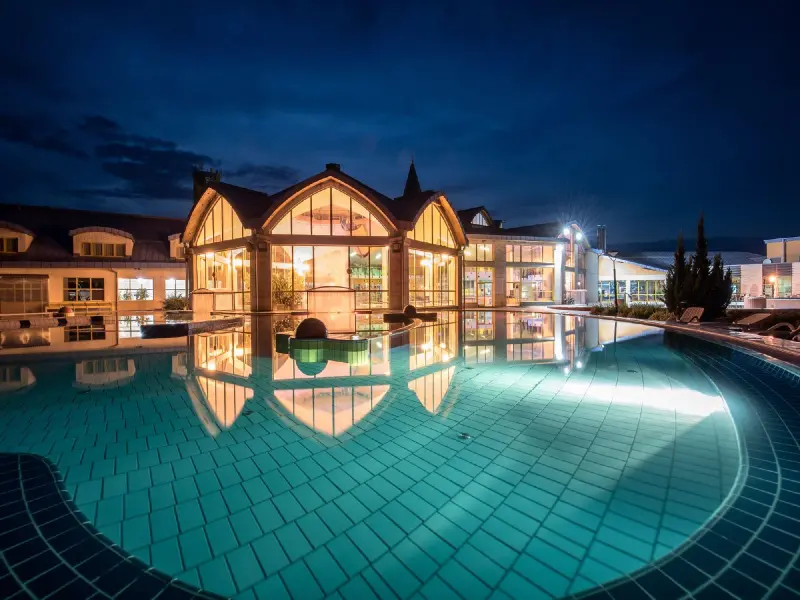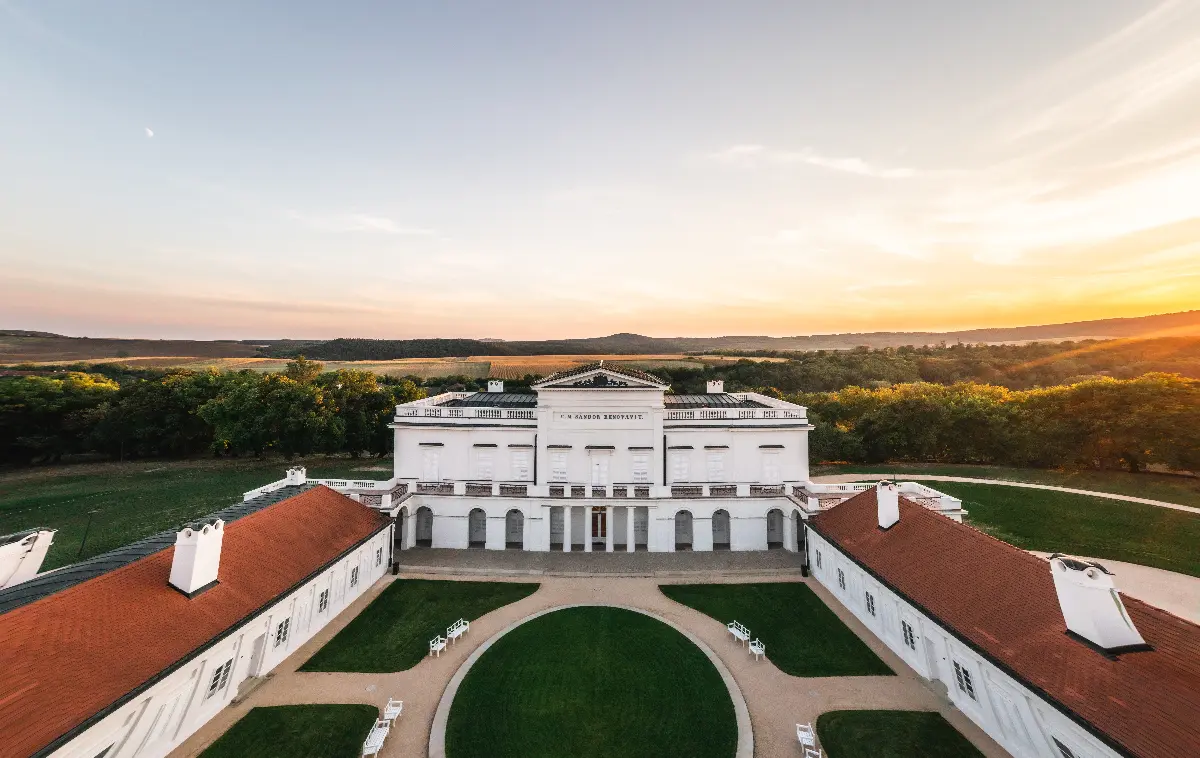
Helyszín címkék:
Precious heirs – the Hungarian aristocracy’s homes around Buda
Káldi Emese
In horse-steps
He was simply called “the Devil Rider”. Count Móric Sándor was one of the most eccentric lords of the Reformation. Móric Sándor stuck out of his contemporary company with his uninterest in love affairs and wine. His passion was horse-riding. He was so talented in it that his fame went far. He achieved great popularity with his whimsical feats. Who would not want to be a friend to a person who walks into palaces on horseback, jumps up to balconies with his horse, or runs up and down the steps leading to Buda Castle? Móric Sándor’s fearlessness knew no limits. In his castle in Bajna, he often walked around the rooms on horseback. And of rooms, there were many: one for billiard, cards, cigars, a dining room, a library, a chapel and a winter garden. The count and his family owned one of the most modern and most beautiful classicist castles of the country where, of course, the horses had a spacious, heatable stable. We can only guess what the horses thought about the rich decorations of the interiors, but the contemporaries were undoubtedly jealous. After many difficult decades, the palace, exceptional in every way, now shines in its old splendour: it is worth visiting the exhibition evoking the Devil Rider too.
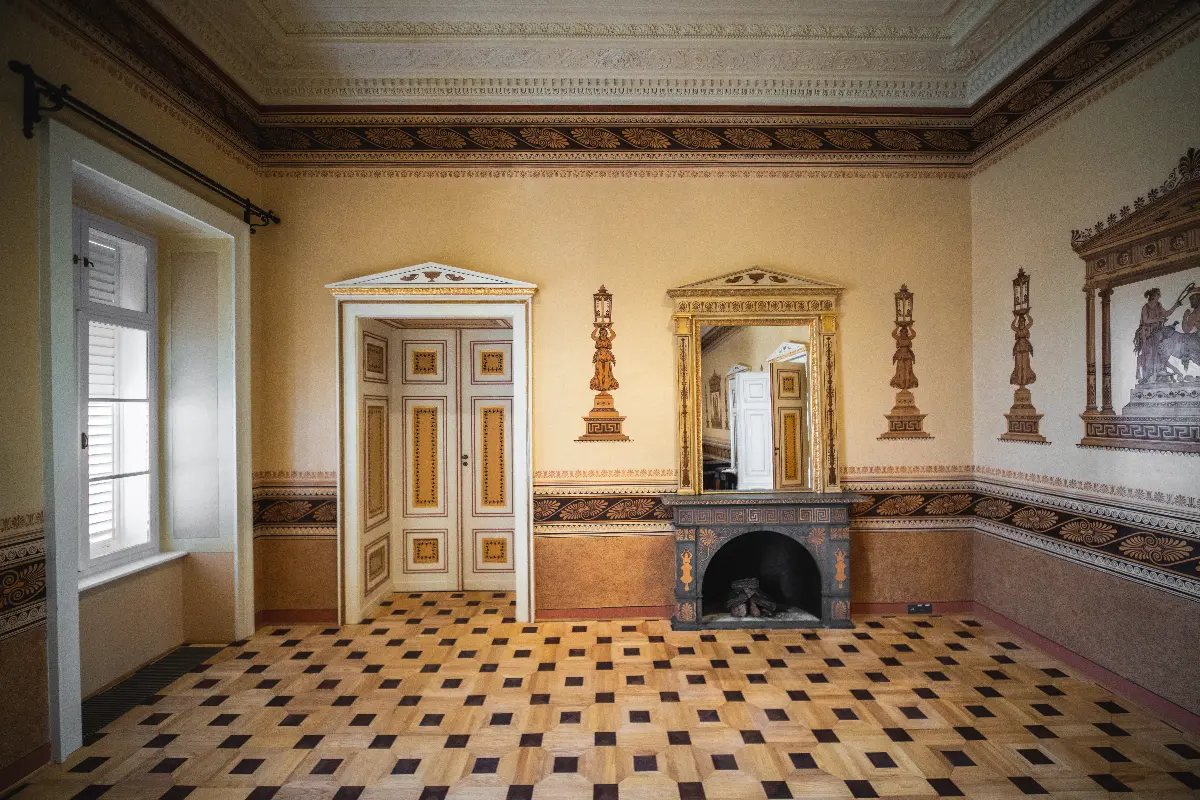
Für Josephine
The characteristic, neo-Gothic building of the Brunszvik castle in Martonvásár, decorated with small towers and traceries, can be recognised among a thousand. And the English garden completed in the 1820s is uniquely beautiful in the country. Even Beethoven enjoyed the spirit of the estate, if not this view, when he visited the Baroque-style, ground-floor predecessor of the present mansion several times. And what was he doing there? According to the official explanation, he gave piano lessons to the Bruszvik-girls. But according to rumours, he came to court someone. For a long time, it was unclear who the famous composer calls the “Immortal beloved”, “My everything”, but history research found that Josephine, the middle Brunszvik-girl was the chosen one. And she even reciprocated Beethoven’s feelings. Even the idea of marriage came up but fate intervened. By the time the current castle was built in the 1870s, only a few people had remembered the Beethoven story, and after more than 20 years, the Bruszvik family also moved away from the family nest. Antal Dreher, brewer, bought the estate and continued his predecessors’ traditions: the farming here was exemplary for centuries. So it came as no surprise when in the 1950s, the Agricultural Research Institute of the Hungarian Academy of Sciences received the nationalised castle and its surroundings – offices have been operating in part of it ever since. In the other part, we find the Beethoven Memorial Museum, which you should not miss.
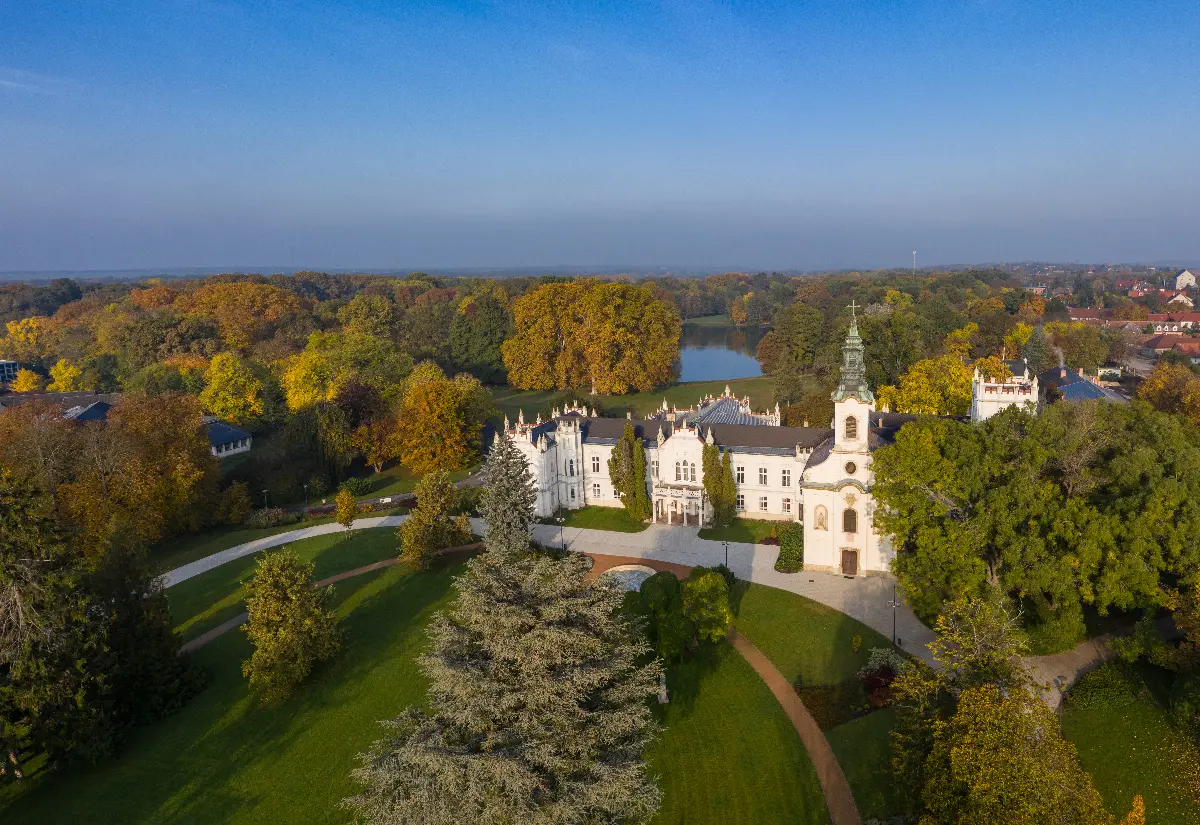
A walk in the park
The park of the Esterházy-castle in Csákvár is a fantastic view of the handmade garden designs made at the very end of the 1700s. You can spot the characteristics of the typical English park, imitating nature, which was fashionable in the era: hills, woodlands, an ornamental pond, a fountain, a built-in cave, bird and pheasant houses also appeared on the drawings. Notably, the outbuildings of the castle, originally of Baroque-Rococo, then rebuilt by necessity in a classicistic style, were also pretty unique. In the park, there is a theatre, a big stable, a cellar, and quarters for accommodating guests. And, although it is not always true for real estate, this castle was even more beautiful in reality than on paper. For a long time, the building with more than 300 rooms was functioning as a hospital. You can walk around the park freely and also visit the building if you arrive during visiting hours. Today you only need some fantasy to imagine yourselves as the count’s guests while walking among the century-old trees.


